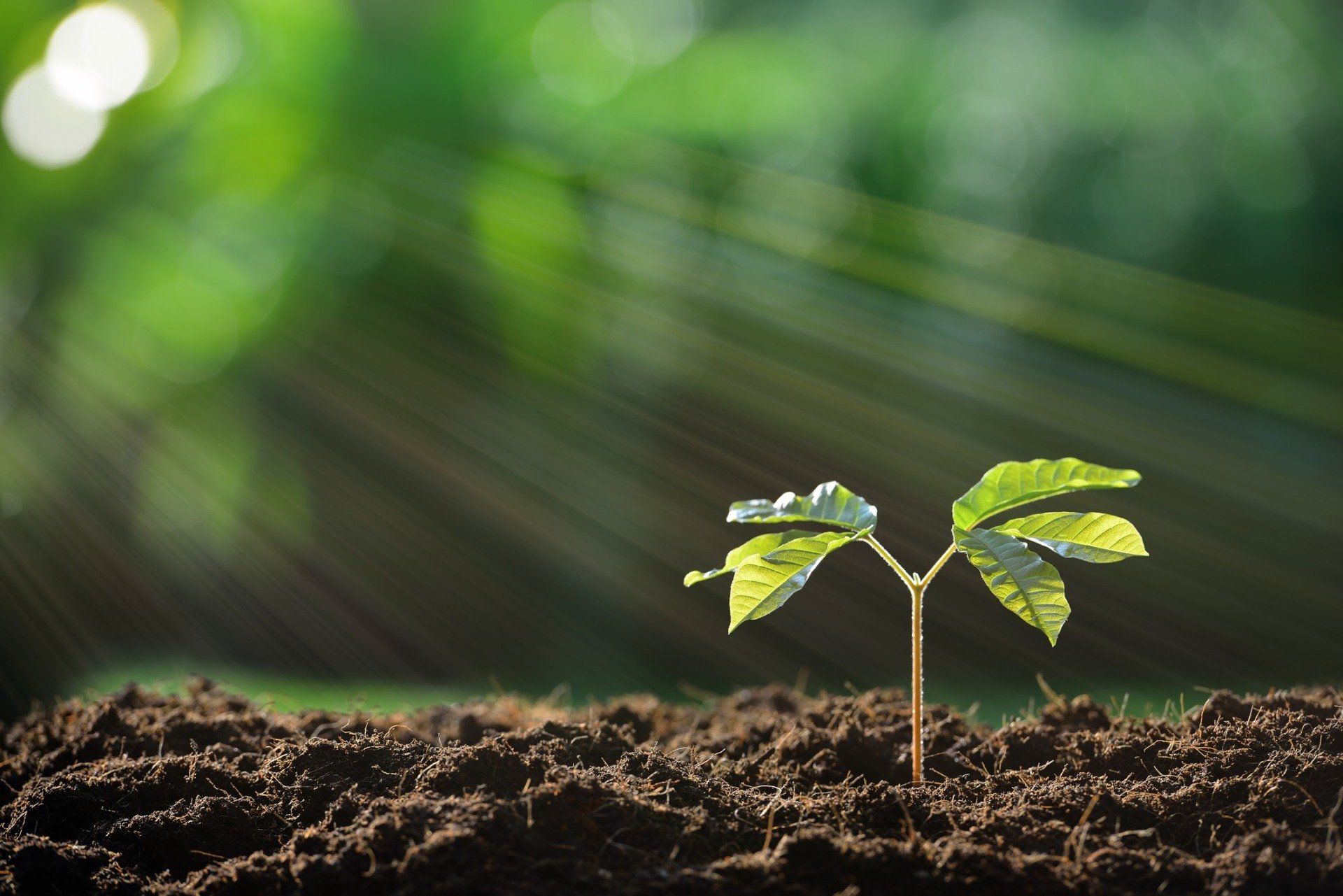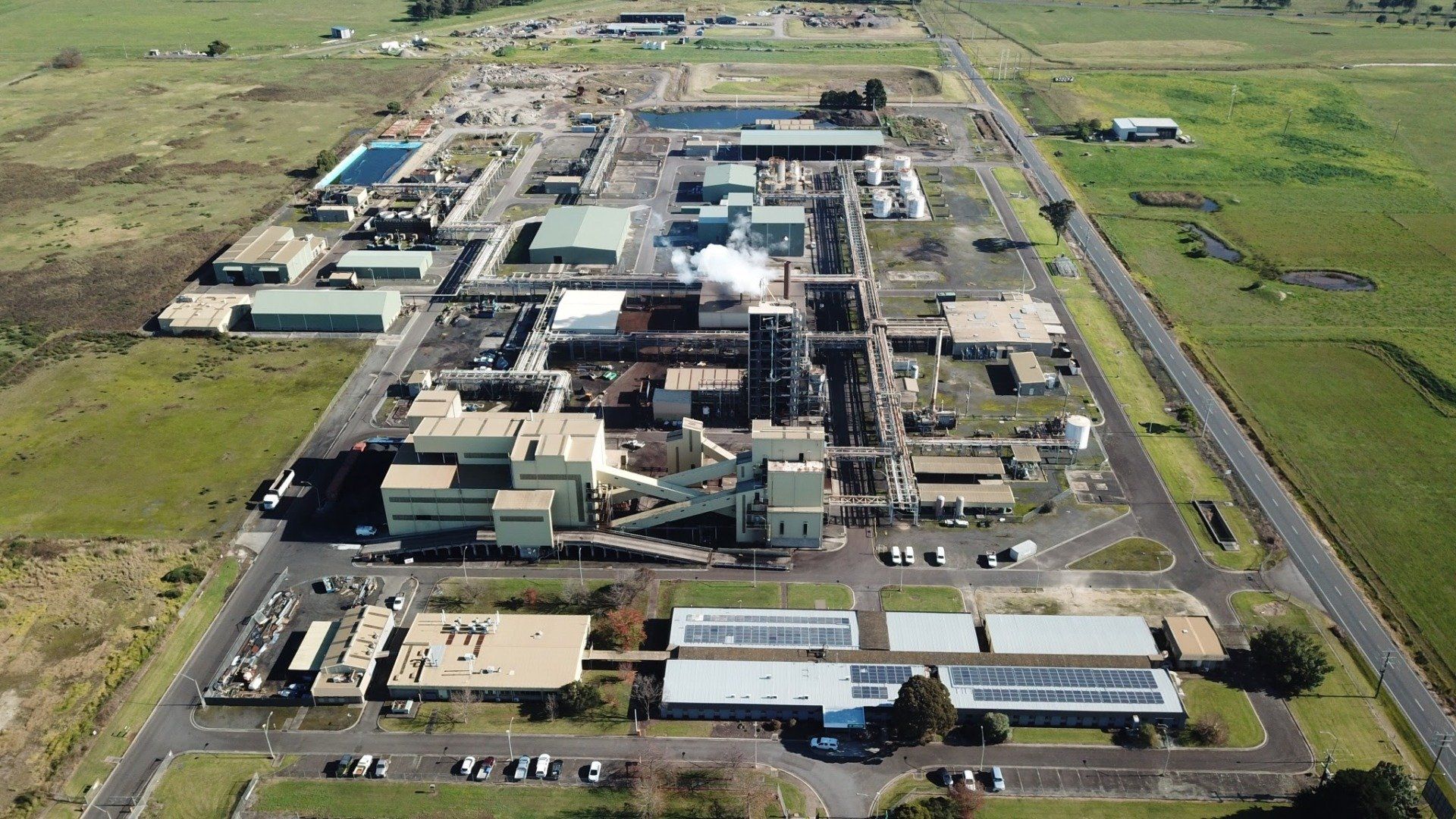1MG FlippingBooks
Soil Health It's In Our Nature
For 30 years Omnia Specialities has been the Australian and global leader in the development and manufacture of speciality fertilisers and biostimulants including humates, fulvates and kelp products that improve crop health, yields and improve soil health in a sustainable and environmentally conscious way.

Australian agriculture is increasingly looking to harness the power of soil biology to improve the efficiency of and reduce environmental losses of fertilisers while improving carbon capture into the soil to leave it in a healthier condition for future generations says James Freemantle, Managing Director of Omnia Specialities Australia.
Since 1990, Omnia has produced high-quality humate based products and specialty fertilisers in Australia by extracting rich sources of humic acids from Leonardite in the Gippsland region of Victoria.
Humic acid occurs naturally in healthy soils that contain organic matter in levels which favour soil microbial activity. Humate is a soluble form of humic acid and has been widely tested and proven to improve the level of soil aggregates, giving a significant improvement in soil structure.
Soil nutrient and water holding capacity is increased with the use of humate. Acting much like a sponge, humate improves the efficiency of applied fertilisers and increases plant nutrient uptake. Increased root volume is commonly observed, leading to a more efficient foraging surface area for nutrients and water.
Freemantle says his team of dedicated agronomists work directly with distributors and growers to develop cropping programs that improve soil and plant health.
“Typically, once we are clear on the growers’ objectives, we undertake a series of soil tests and/or plant sap or tissue tests,” said Freemantle.
“We then recommend a nutrient strategy to achieve the grower’s objectives”.
Once the strategy is implemented, the Omnia team is directly available to evaluate results and fine-tune it through the growing season, using independent labs to analyse soil, sap or tissue samples matched with agronomic observation.
According to Fremantle however, humates alone are no magic wand and need to be part of a balanced plant nutrition program.
“Our team of specialist agronomists know how to use our products to leverage the fertiliser inputs to your cropping system, ensuring your crop gets maximum uptake when it is needed with a reduction in losses to the environment,” said Freemantle.
“We currently work with some of the nation's largest and most innovative growers, particularly in potatoes, almonds, walnuts, wine and table grapes and Macadamias”.
Working so closely with Australian growers has also led to the development of a range of innovative biostimulant products like the Bacstim range which is designed to deliver yield, quality and sustainability.
“The Bacstim range provides a source of beneficial bacteria to the soil which provide a plant with the opportunity to express its inherent natural resilience to diseases, pests and stress,” said Freemantle.
“The strains of bacteria are carefully selected to survive if the environmental conditions move outside of their comfort zone. They enter a spore form until conditions are suitable and they spring back into action.”
By using products like Mega-Kel-P which combine the power of humates with the biostimulant effect of kelps, fulvates, trace elements and macronutrients, Omnia provides customers with the confidence that using these products will provide a high return on the cost of applying the product.
Freemantle says that the lack of industry regulation in Australia on the humate market has seen a wide range of poor quality products become available from far too many suppliers.
Fortunately, many of Omnia’s products are approved as inputs for Organic production with NASAA, one of Australia’s leading organic certification organisations.
“As a grower looking for the benefits humates bring, the first thing is to make sure that the product you are considering buying contains the humate needed to do the job,” said Freemantle.
“Recent independent testing of various humate liquids, using the CDFA method of analysis, showed from between 27.8% w/v potassium humate to as little as 0.33%. Some products had less than 2% of the humate claimed on the label”.
In comparison, Omnia’s K-humate 26% liquid has been produced in the regional Victorian town of Morwell for over 25 years. Made from Australian Leonardite, K-humate has gained world-wide respect as a reliable and effective product.
“Healthy soil is key to improved plant health, resilience against biotic and abiotic stress and lastly, more sustainable farming practices. It’s important to know what you are really buying!” said Freemantle.

















